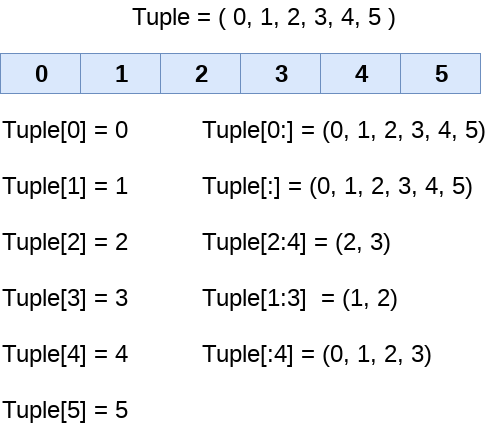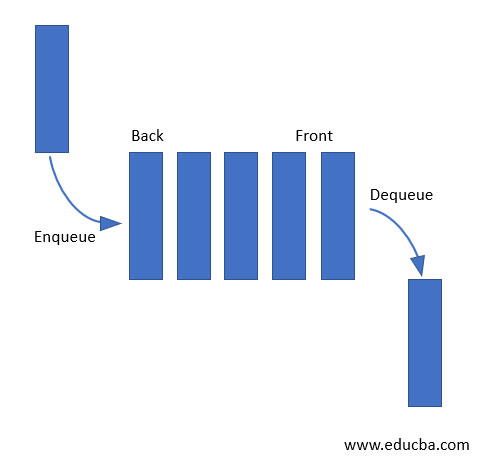

seed ( 123 ) list1 = sorted () list2 = sorted () list3 = sorted () list4 = sorted () list5 = sorted () sorted_out = heapq. Also, the method won't work on unsorted lists. Please make a note that in order to sort the list in reverse order, we need the original list also sorted in reverse order. We are then performing the same process and sorting all lists in reverse order. We are then combining all lists using merge() method. The reverse is a boolean value which if set to True will reverse sort the list.īelow we are creating five lists, each of length 5 which has random numbers in the range 1-50. The key accepts the lambda function which takes an individual element of the list and returns a value based on which sorting decision will be made. It has parameters named key and reverse which works exactly like Python's in-built sorted() method.

Highest priority task: (1, 'Highest priority task') They do not support comparisons between any other iterable or objects. The problem with these functions is they expect either a list or a list of tuples as a parameter. The `heapq.heappop()` function is used to remove and return the highest priority element from the priority queue. Practice Prerequisite: heapq module The heapq module has several functions that take the list as a parameter and arranges it in a min-heap order. In the example above, we use the `heapq.heappush()` function to add elements to the priority queue, where each element is a tuple with their priority as the first element and their value as the second element. # Pop the highest priority item from the priority queue Print("Highest priority task:", highest_priority) # Peek at the highest priority item without removing it Heapq.heappush(priority_queue, (4, "Lowest priority task")) Heapq.heappush(priority_queue, (2, "Higher priority task")) Heapq.heappush(priority_queue, (3, "Medium priority task")) Heapq.heappush(priority_queue, (1, "Highest priority task")) in smaller tuples (by Python's natural comparison) right after the cost. Elements are removed from the queue based on their priority. This concept is known as a priority queue, and a heap is an excellent way to. # Add some items to the priority queue with their priorities A priority queue is a collection of elements in which each element has an associated priority value. # Create an empty priority queue (represented as a list) Here’s an example of how you can use the heapq module to create and manage a priority queue:

This allows you to efficiently manage a priority queue, with smaller elements having higher priority. The heapq module in Python provides an implementation of the heap queue algorithm (also known as the priority queue algorithm).
#Python priority queue with tuples code
We will also demonstrate how these functions can be used by providing an example code snippet that shows how tasks are popped from the priority queue in order of their priorities.
#Python priority queue with tuples how to
In this blog post, we will look at how to use the heapq module to create and manage a priority queue using `heapq.heappush()` and `heapq.heappop()`. This allows you to easily manage a priority queue, with smaller elements having higher priority. The heapq module in Python provides an efficient implementation of the priority queue algorithm.


 0 kommentar(er)
0 kommentar(er)
